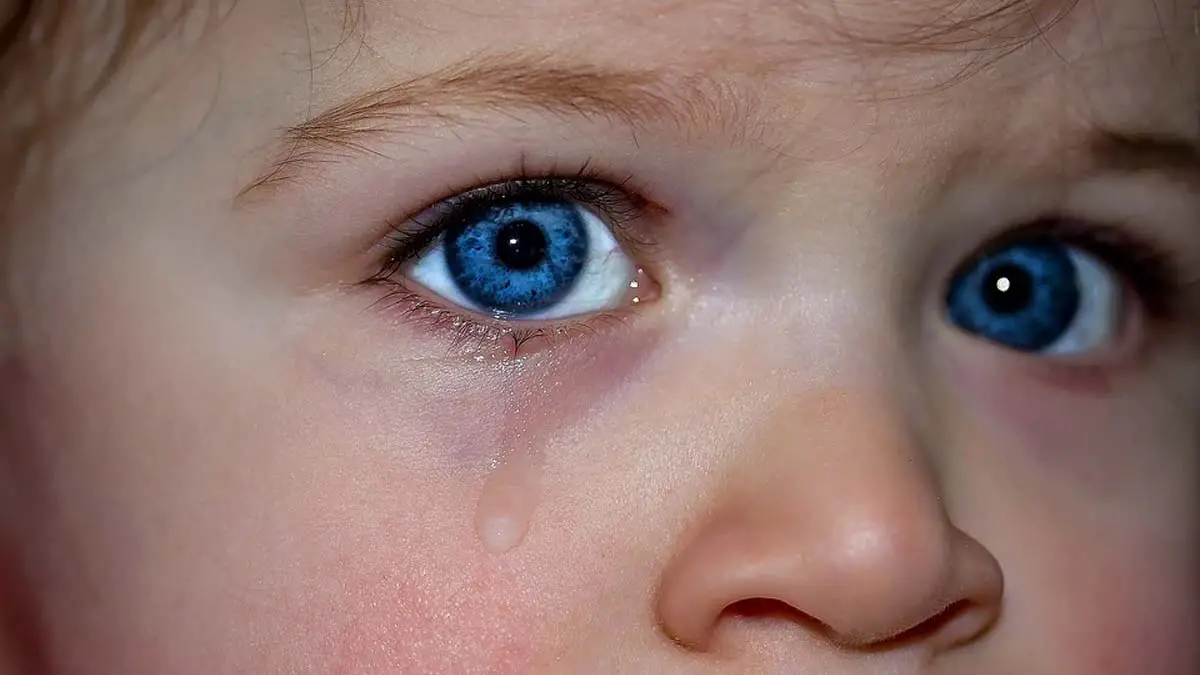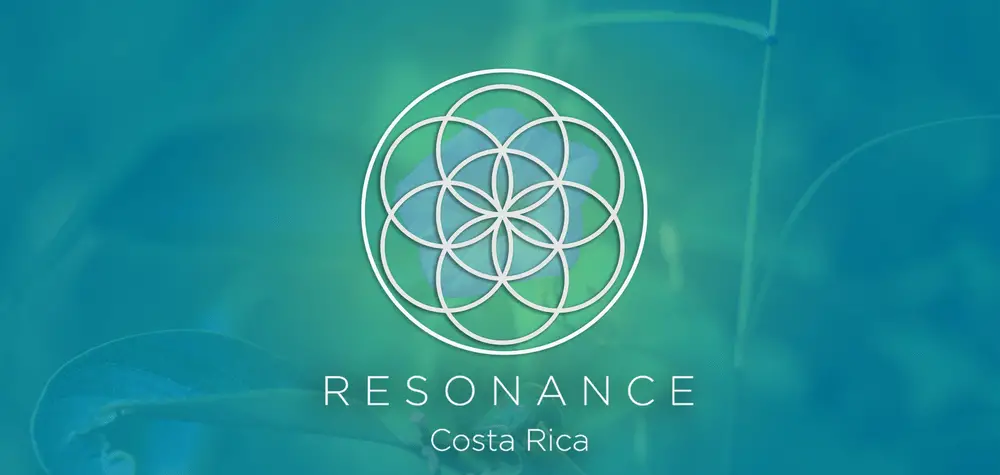
When people feel sad, they cry, but when they are happy, people also cry….so, is crying a positive or negative expression?
For many years it was not well regarded that people shed tears, especially men, as it was considered a sign of weakness. Today the opposite is true: being able to cry without complexes shows strength and the ability to cope with problems.
What’s more, this simple action brings numerous benefits, so the next time we feel the need to vent our tears, don’t hesitate. It will help us more than we imagine.
How to react to crying
If you are not a person who cries easily but are often around people who do, you may sometimes feel awkward, useless, or just uncomfortable in those situations.
This occurs because when someone cries they are showing their vulnerability, and it is well known that, in general, people are uncomfortable with vulnerability.
When the crying person shows their vulnerability, the intimacy level of the situation is changing. This more intimate environment is enough in some cases to make the other person feel uncomfortable.
Get to Know Which Are the 7 Chakras of Our Body
Keep in mind that if you do nothing, you can make the person that is crying feel worse
 Try to do something to support him/her. It will depend on the situation and how well you know the person. Hugging someone you don’t have a very close relationship with may be inappropriate, while simply listening empathetically would be more appropriate.
Try to do something to support him/her. It will depend on the situation and how well you know the person. Hugging someone you don’t have a very close relationship with may be inappropriate, while simply listening empathetically would be more appropriate.
Don’t assume you know how to handle the situation. The less intimate the relationship, the more convenient it is to start by asking how you can help and support.
People who cry in front of a very large group are known to be more uncomfortable than those who cry in front of one or two people with whom they are familiar. But even in a large groups, the bereaved person appreciates the support of those whom they do not even know.
Laughter: The Best Natural Medicines That Exist
The disadvantages of not crying:
For various reasons, many people hold back their tears. One of the consequences of cushioning pain by suppressing or substituting the need to cry is that these unspoken feelings can surface as depression.
Some benefits of tears:
a)Hydration source:
There are three types of tears: emotional tears, reflex tears (whose function is to protect the eye when, for example, we cut onions) and basal tears.
The latter are the tears that we secrete permanently to keep the eye hydrated. However, an extra dose of hydration never hurts, and it comes through the other two kinds of tears. They clean, lubricate and oxygenate the cornea, which in general terms means that they take care of our vision.
b)Out of stress:
Tears reduce stress and ease pain.
c)Speak with the eyes:
Usually we cry alone, for fear that others will see us or simply because it is when we are alone when we feel the need to let off steam.
But the truth is that crying in company is an effective way to communicate, express our feelings, and therefore make the group (of friends, family, work colleagues) feel better. In other words, tears help us connect with others, create a bond that improves communication.

